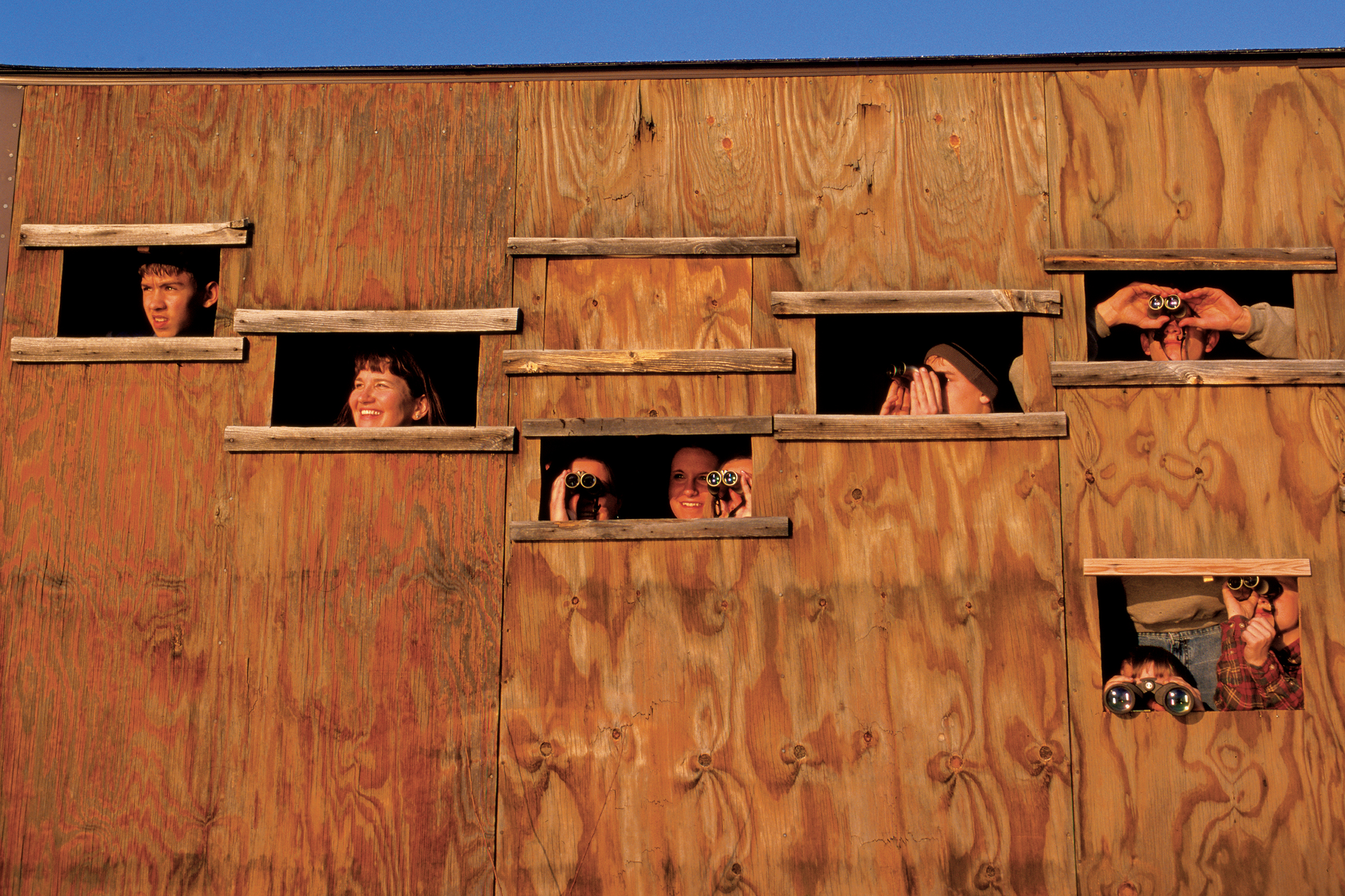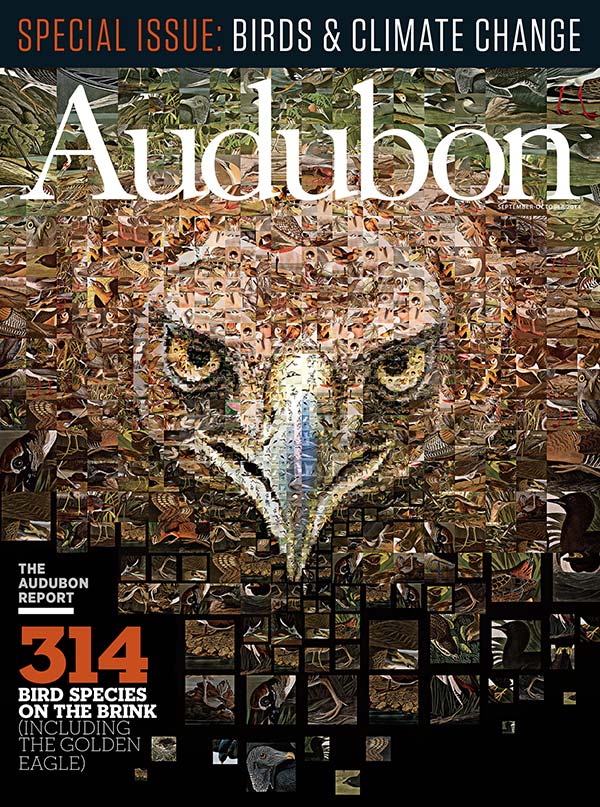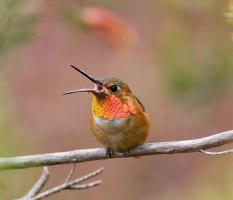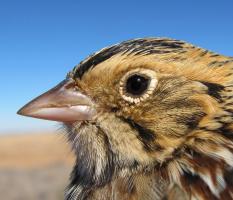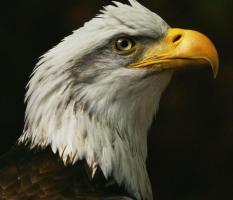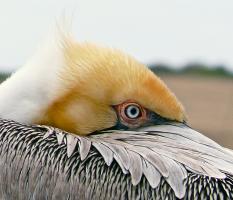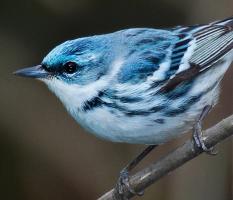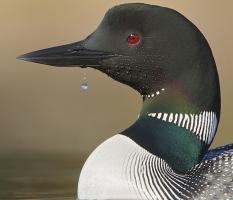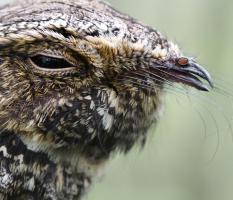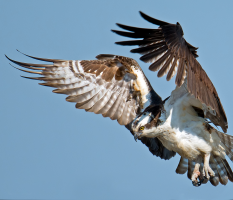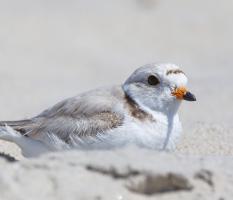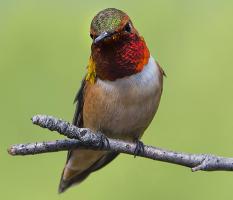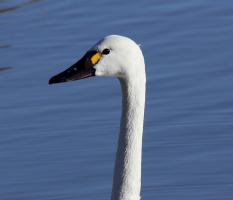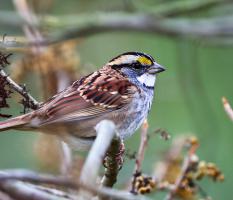Have you heard that half of North American birds are seriously threatened by climate change? And did you know that California is shriveling up, glaciers are melting faster than ever before, and deforestation in the Amazon is back on the rise after years of decline? While we’re on the subject, irreversible effects of climate change are just around the corner. If this is making you want to drown your sorrows in alcohol, I hate to break it to you, but there’s plastic in your beer.
Let’s face it: Tuning in to environmental news can be downright depressing. The seemingly endless series of one-two punches—reports of impending doom followed by frustrating inaction—can make it hard to find the motivation to keep up with it.
If you find simply reading about climate change and conservation depressing, imagine working in it. Conservationists and environmentalists dedicate their careers to working for change even while being inundated with distressing news.
Those of us who care what happens to the environment could learn a thing or two about mental stamina from these de facto experts in the subject. So we asked seven prominent and tireless environmentalists what their personal strategies are for keeping pessimism at bay. Here’s what they said:
Ron Swaisgood
Director of Applied Animal Ecology at the San Diego Zoo Institute for Conservation Research
In conservation work, of course, there are lots of failures. Our own failures or failures of society at large...and it's Earth's other species that get the short end of the stick when we fail. That can be demoralizing. To get through, I latch on to the successes we do have (and they are numerous too) and take hope in the fact that the world is a better place for nature than if we had done nothing. Lastly, the best action of all that resets my hope thermostat is simply getting out in nature and enjoying it with family and friends (or alone). After a few days of camping and communing with nature I return to work revived and restored and ready to go to battle again in the fight against extinction. It's my anti-depressant and anti-anxiety medicine.
Bill McKibben
Environmental writer, Co-Founder and Chairman of the Board, 350.org
I go and look at the pictures from around the world in the 350.org Flickr account. We've hosted about 20,000 rallies in every country but North Korea, and just looking at the images of people who are fighting, even in places that didn't cause the problem, fires me up again!
Heidi Cullen
Chief Scientist for Climate Central, a non-profit science and journalism organization
I draw inspiration from my colleagues in the climate community who work tirelessly to better understand and communicate the science and risks of global warming. They motivate me to engage others in the climate conversation and keep me focused on how together we can tackle this challenge.
Take for example Tom Stocker, a geochemist at the University of Bern in Switzerland and Jill Peeters, a weathercaster with VTM News in Belgium. Tom serves as a Co-Chair of the Intergovernmental Panel on Climate Change (IPCC); Jill forecasts the weather. Tom, Jill and I met at a Climate Central workshop that connects weathercasters like Jill with noted scientists like Tom. Climate Central supports broadcast meteorologists in their efforts to communicate climate science by preparing data, graphics and animations for use on TV. Together we work to help viewers understand that global warming is not distant and abstract, but an urgent threat happening here and now.
This topic can be tough but that’s why the work is so important. We all have a role to play. Tom and Jill, in their own unique way, are part of the solution. They give me hope.
Andrew Revkin
Environmental writer and author of the New York Times’ Dot Earth blog
Mark Tercek
President and CEO of the Nature Conservancy
Get outside and enjoy nature. In particular, it’s great to visit a successful conservation project that has allowed for nature to make a big comeback. I recently visited Santa Cruz Island off the coast of southern California. In 1978, Santa Cruz was a devastated environmental wasteland on the brink of collapse. Feral pigs and sheep ran rampant, and native species like the Santa Cruz Island Fox faced extinction. After three decades of hard work, The Nature Conservancy and partners have helped remove non-native species, restore native plants, and reintroduce animals like the Bald Eagle and the Santa Cruz foxes, which have both made big comebacks. The island is home to 12 species found nowhere else on Earth. It’s proof that nature can be resilient if the right investments are made. The island is breathtaking and restorative. It’s also open to the public.
David Yarnold
President and CEO of the National Audubon Society
The way I de-stress is by running. I'm a marathoner and I budget my running time: sometimes I rehearse for a particular speaking event; sometimes I just roll around a problem in my head to look at it from different angle; sometimes I listen to news to get my day going; sometimes I listen to music to avoid doing any of these things—and sometimes that's the most constructive time of all.
James Sheppard
Postdoctoral Fellow at the San Diego Zoo Institute for Conservation Research
I believe that it is important to consciously culture a hopeful perspective that is balanced by sound pragmatism. Maintaining a hopeful yet realistic outlook requires a degree of awareness and diligence—awareness of the evolving issues and challenges facing conservation, awareness of conservation failures and success stories, and diligence to guard one’s outlook from the polarizing effects of naive optimism or paralyzing despair this awareness can trigger. For me personally, time in nature enables me to better tune this conscious balance, as do activities such as yoga, meditative reflection and time spent interacting with the international conservation community (particularly with engaged and enthusiastic people at the front line of conservation).
Got tips of your own? Send them to audubonmagazine@audubon.org with "coping" in the subject. We'll add the best suggestions to this post.
